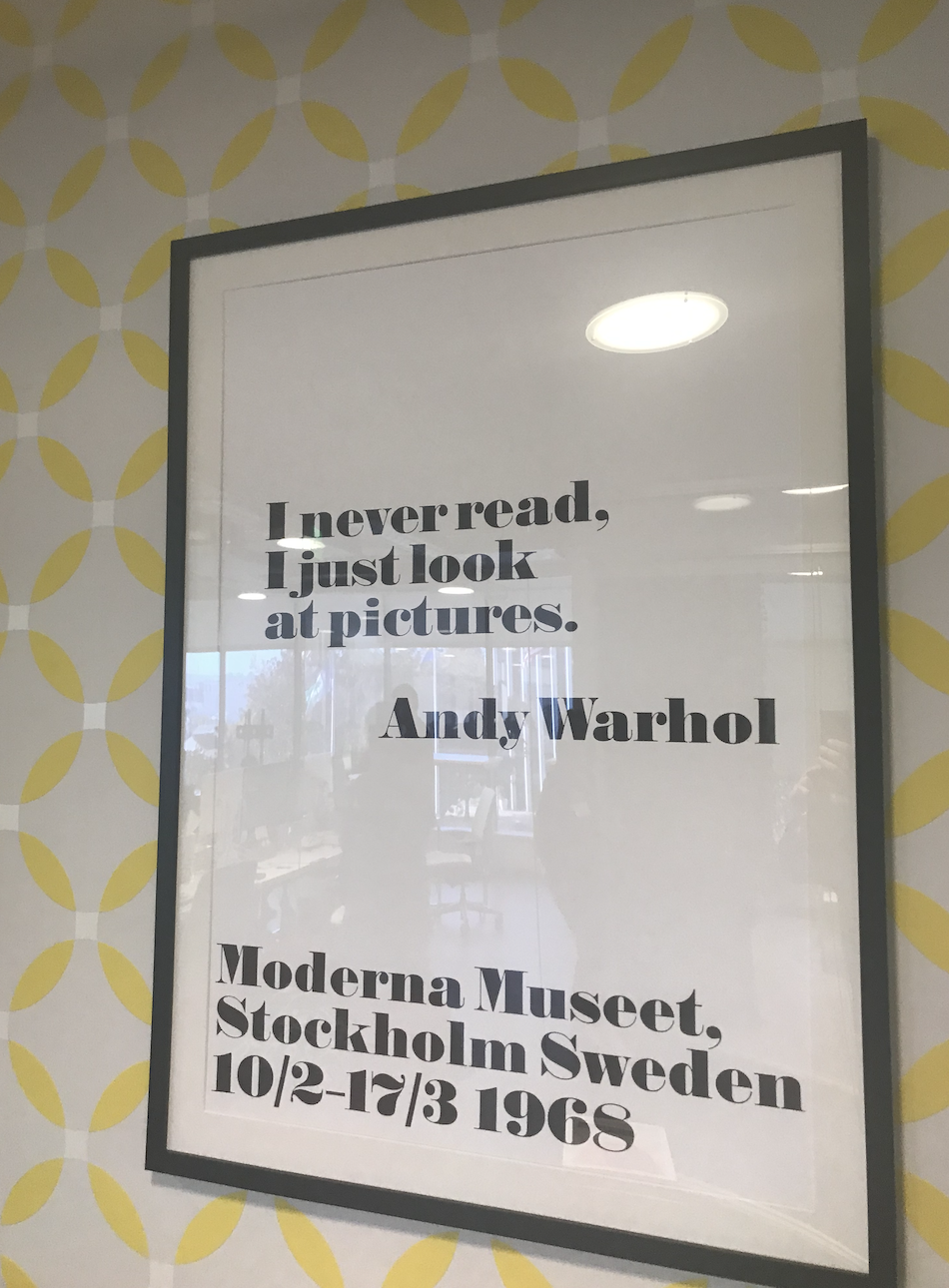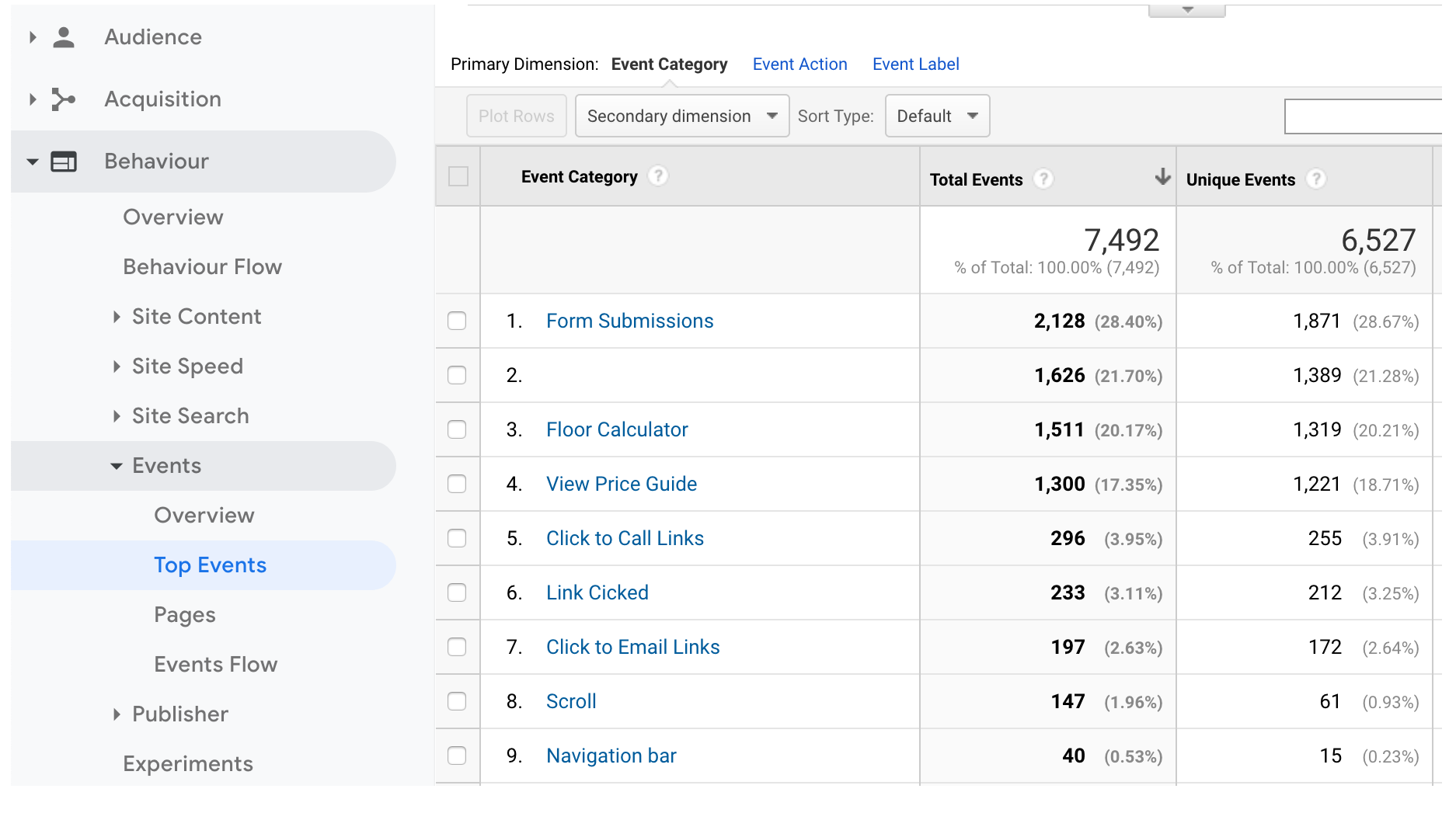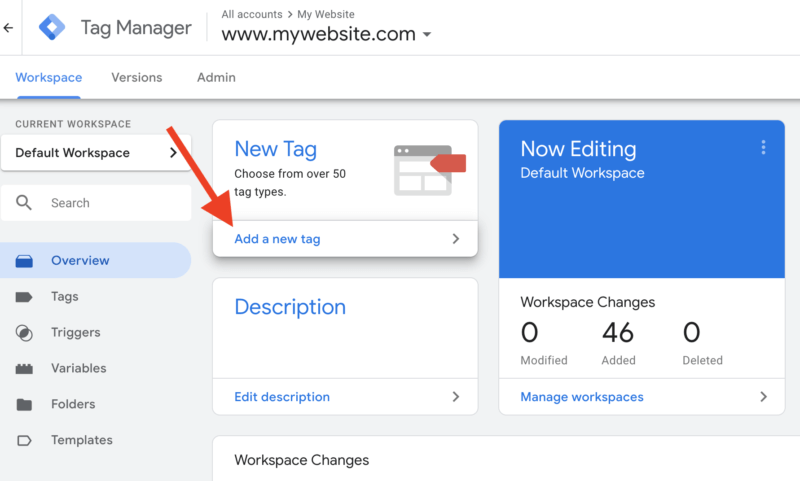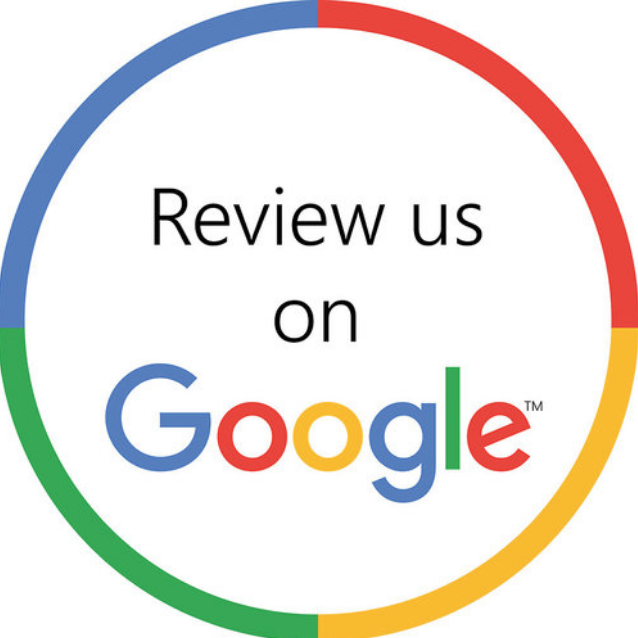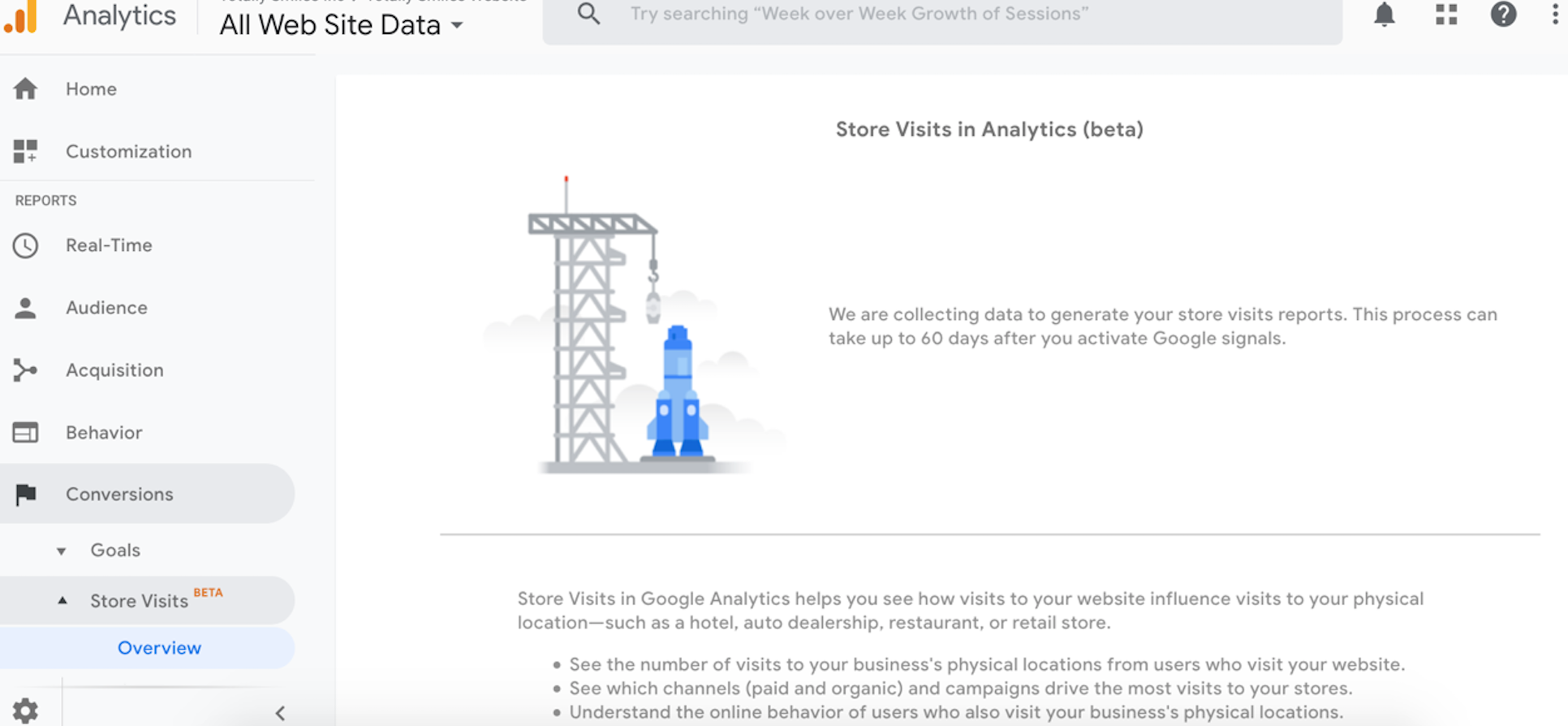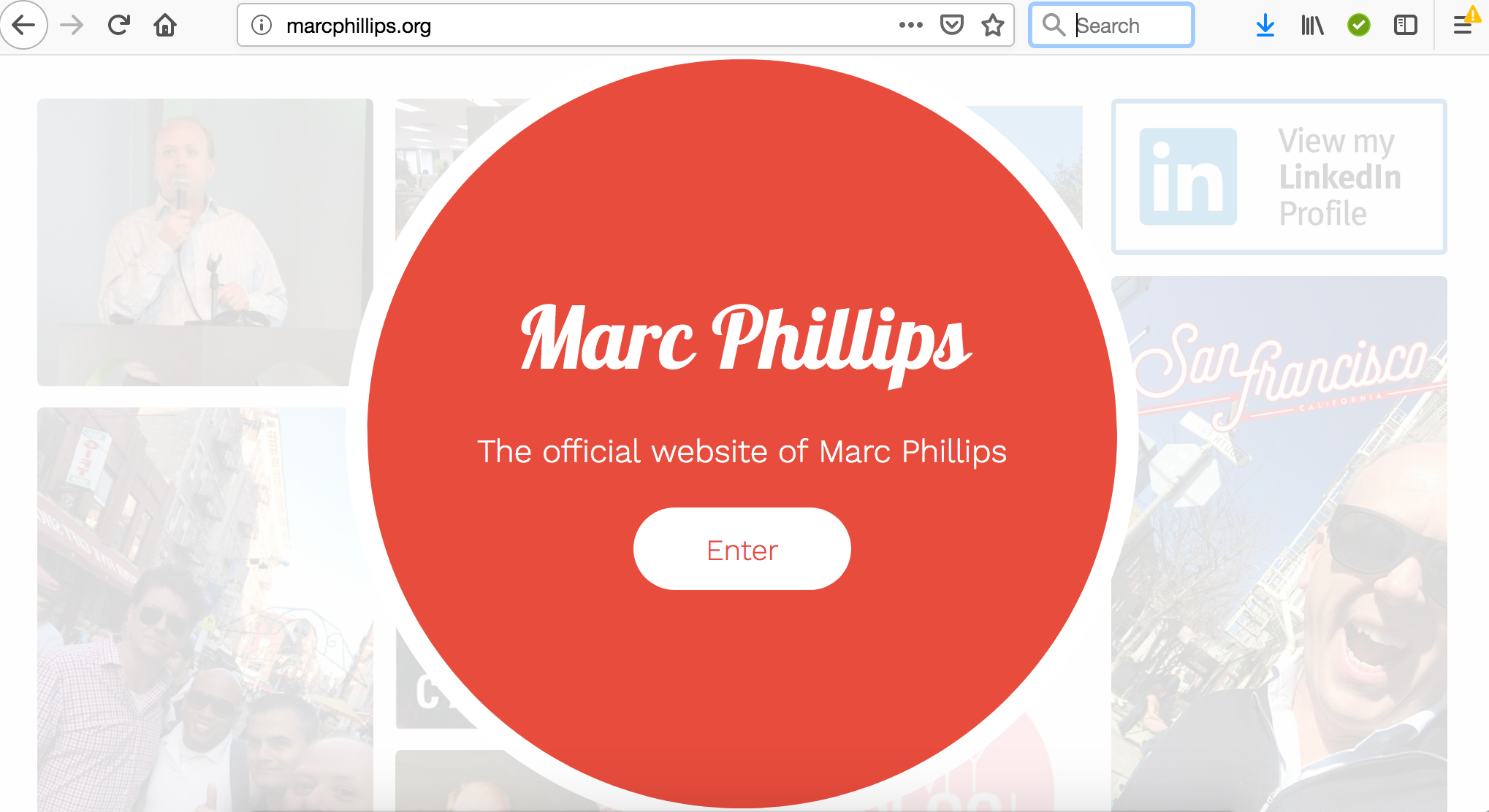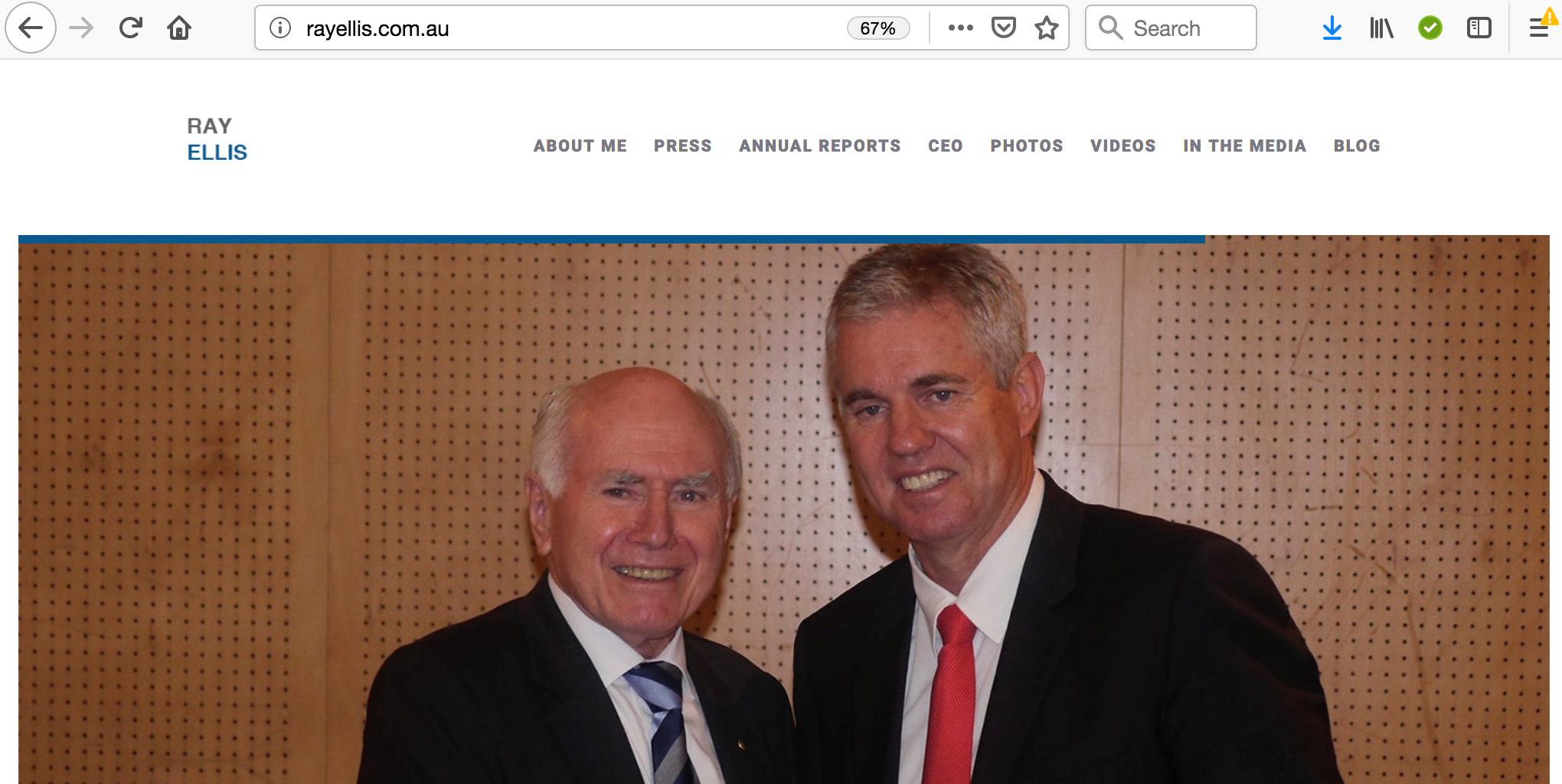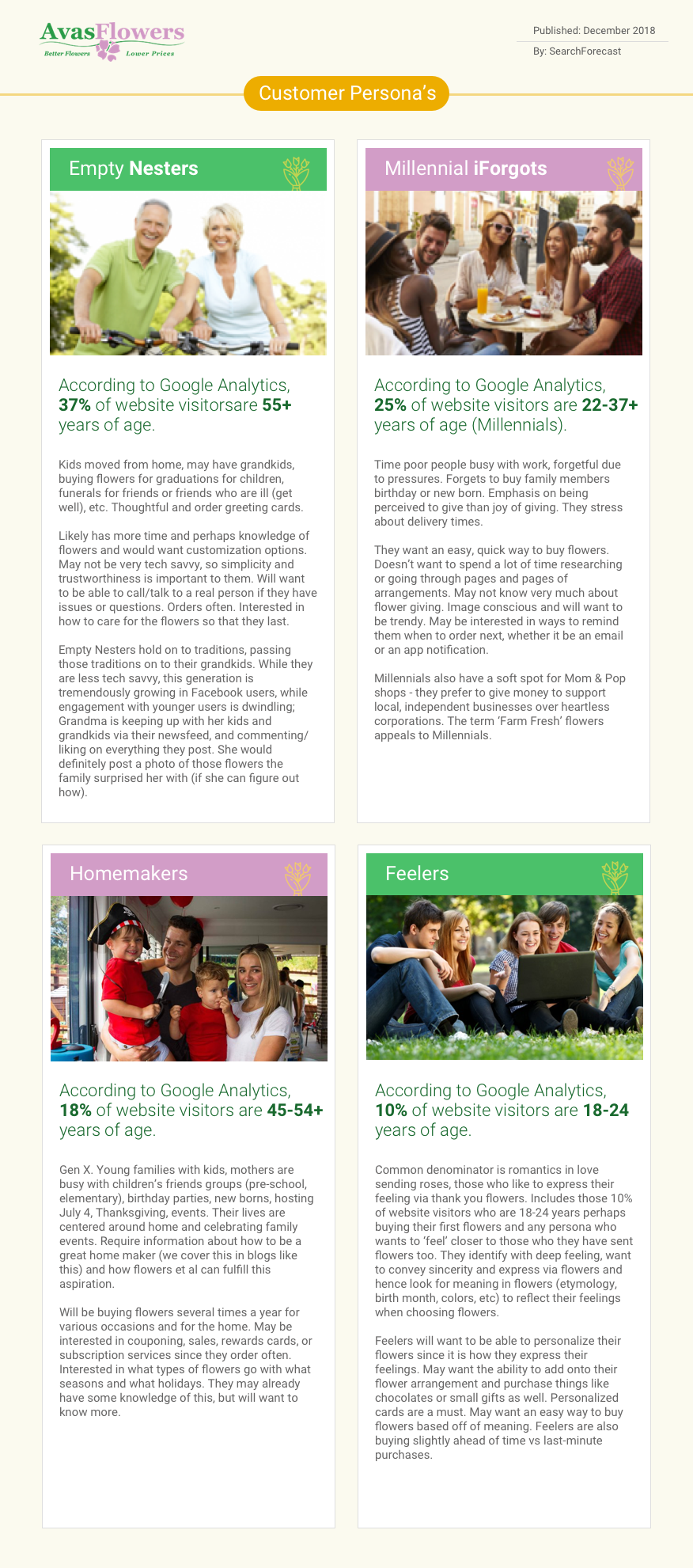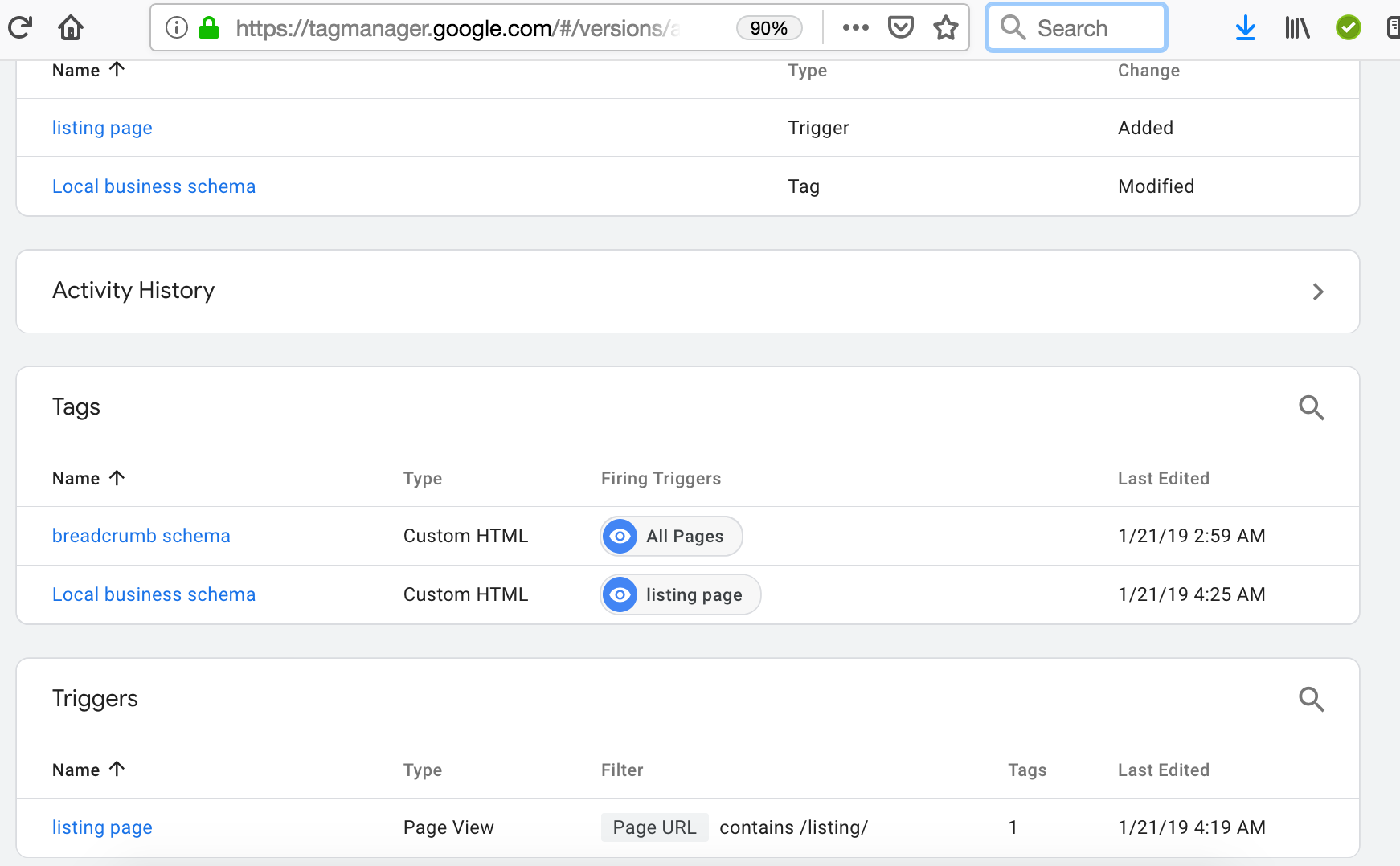In a sun-filled office in downtown Palo Alto last week I sat with another 25 executives listening to how billions of pictures are shared, tagged, annotated and federated across workflows to drive efficiency. It’s true, every workflow app now allows images to be shared in real time. And I’m not just talking about Instagram.
The team from First National Real Estate enjoyed listening to Bryan Lip, VP Partnerships at Houzz.com – with over 2M paying designers, architects and builders who increasingly enjoy the benefits of workflow collaboration with images inside the online community platform.
On one of the walls inside the meeting room was this sign that images really were the vision of one of America’s greatest pop culture icons.
And around the corner at Unami Burger on University Avenue after the meeting, I ordered up a cow free protein burger from Impossible Foods. This plant based protein alternative to meat is just a reminder that nothing really is impossible. This is America.


